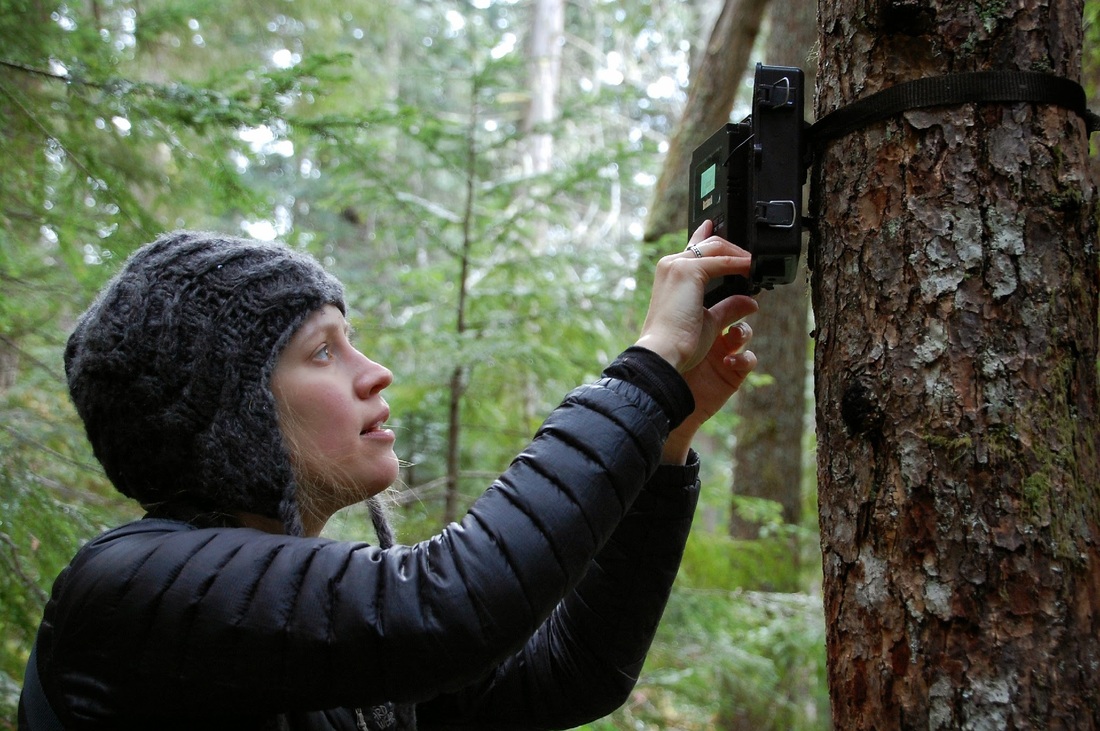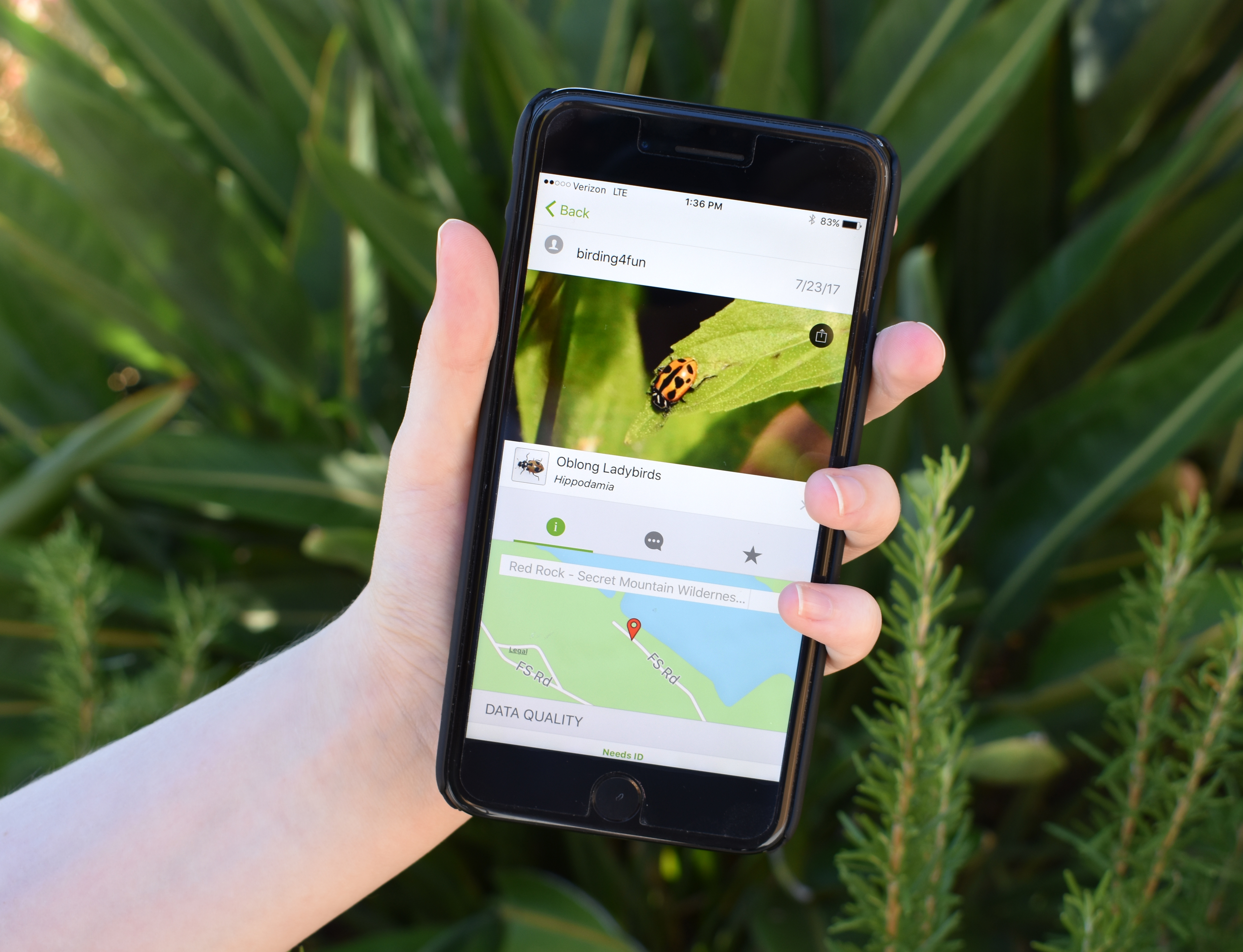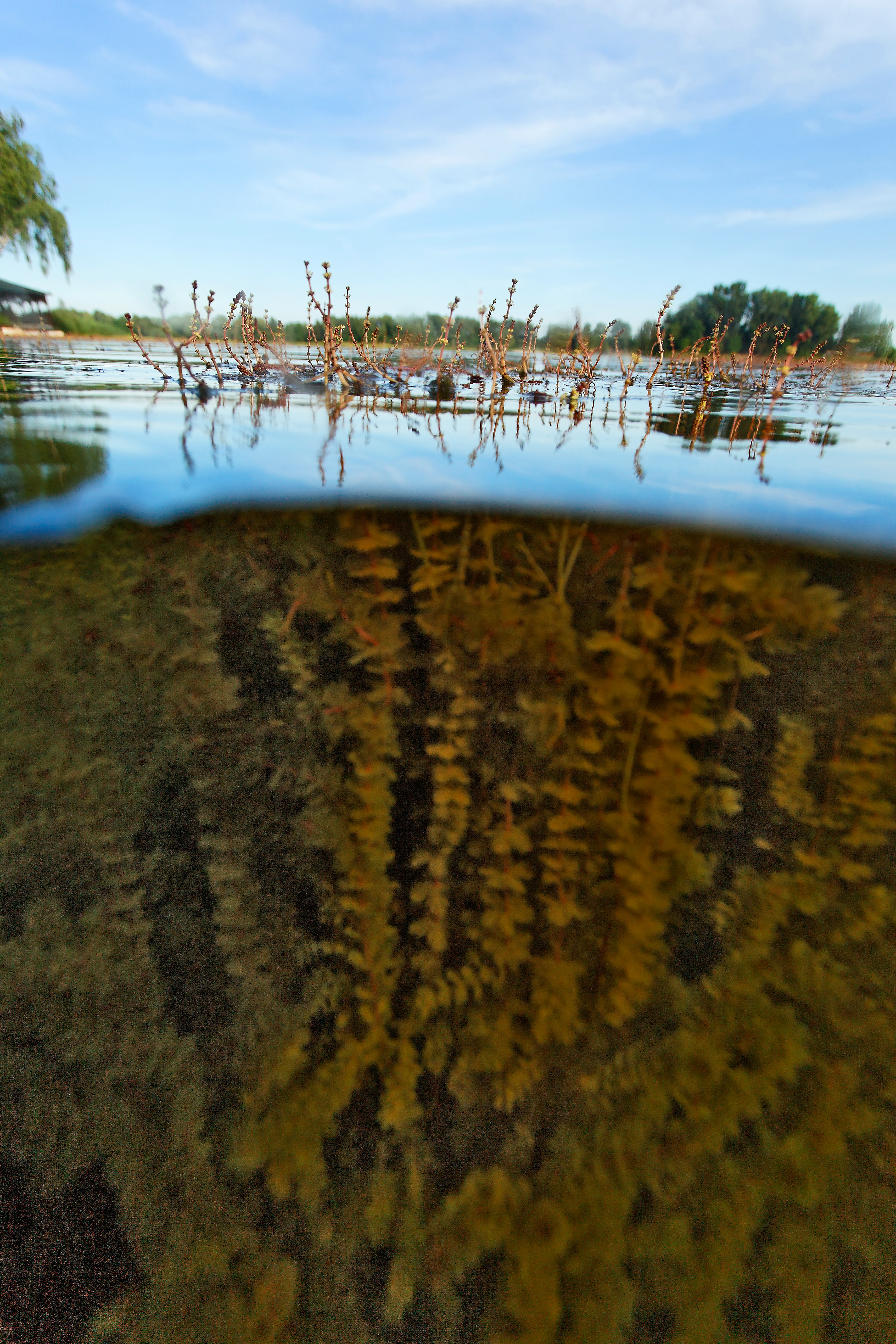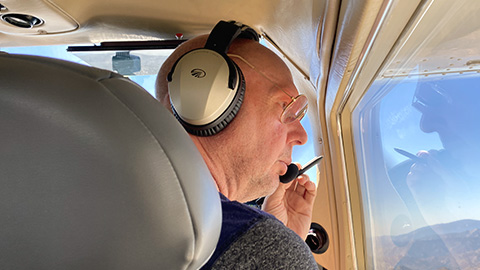 Martens are a larger relative of the weasel with a cute face and bushy tail. They have roamed the coastal mountain regions including the Olympic National Forest (ONF) for centuries, but recent sightings have drastically declined—there have only been a few verifiable sightings of the Pacific marten (Martes caurina) in the Forest since 1988, which is concerning to biologists.
Martens are a larger relative of the weasel with a cute face and bushy tail. They have roamed the coastal mountain regions including the Olympic National Forest (ONF) for centuries, but recent sightings have drastically declined—there have only been a few verifiable sightings of the Pacific marten (Martes caurina) in the Forest since 1988, which is concerning to biologists.
One of those sightings was in 2008, when a hiker discovered a juvenile marten lying lifeless on the Mount Rose Trail. Scientists at the Burke Museum determined that she starved to death, and then preserved the body. The incident confirmed that martens were recently reproducing in the forest.
“When the Mount Rose juvenile showed up, I started thinking about what inventories we could do with the marten. I looked at previous studies and they hadn’t found much evidence of them in the area,” said Betsy Howell, a USDA Forest Service wildlife biologist.
It is important to know if martens are living in the area because if they disappear, the ecosystem could be at risk. As mesocarnivores, 50-70% of their diet is meat, which means they keep prey like mice, moles and birds at ideal levels while also eating seeds and dispersing them throughout the forest. Martens are also food for other animals like hawks and bobcats. Dense forests provide places for martens to hide, but disturbances like fire or forest management activities can open up the canopy, leaving them exposed to predation.
Howell wanted to find out more about the populations of Pacific martens in the Olympic National Forest. But to do a survey, she needed the help of people who were skilled enough to traverse hard-to-reach places on the Olympic.
Adventurers and Scientists Brought Together
Howell and her colleagues theorized that if martens still existed on the Olympic Peninsula, they were possibly doing so in higher, isolated pockets of habitat. “Getting to these areas can be challenging, particularly during the winter months which are the most ideal for carnivore surveys,” she said.
To find the muscle necessary for the study, Howell teamed up with Adventure Scientists—a non-profit organization that recruits volunteers to collect data from remote, difficult-to-access locations for their conservation partners.
“We look for citizen scientists who have a record of volunteer work and thrive on adventure, and also people who have an interest in storytelling, like photography, filmmaking, or writing,” said Mike Kautz, the Program Director of Adventure Scientists at the time.
In the spring of 2012, Howell described her idea to the staff at Adventure Scientists and both became excited with the potential of the marten project. “They explained their idea of gathering people with the skills to explore the backcountry and pairing them with those who need data collected, but don't have the personnel,” said Howell. “This sounded like a great opportunity."
Forest Wildlife: Behind the Scenes

In the winters of 2013 and 2014, Howell and the Adventure Scientist volunteers set up cameras in remote areas in the Olympic National Forest to track the presence of martens.
Angela Bohlke, an accomplished mountaineer and award-winning photographer, volunteered during both field seasons. She fondly remembers her first day on the job—she was greeted by many enthusiastic citizen scientists and was introduced to gusto, a foul-smelling lure used to attract martens.
“After a morning orientation and some gear packing, we were ready to head out,” she wrote in her field notes. “[A guide] accompanied us on our icy ski into the backcountry and shared his wealth of naturalist knowledge en route to establishing our wildlife camera sites.”
Bohlke and other volunteers fixed cameras in spots where martens would most likely roam, such as near dead trees and downed logs. They set cameras a kilometer apart, baited them with chicken and gusto, and checked in every two weeks to view what they caught on camera.
“It’s like Christmas every time you collect a new memory card. You just never know what you’re going to get,” said Howell. “It’s a little window into animals’ lives.”
With 32 cameras and over 20,000 images, the team saw many types of wildlife put on a show—even a bobcat that stole their sign. But still, no martens were found.
“Just because you don’t get an animal on camera doesn’t mean it’s not there, so we can’t make too hasty of a conclusion,” said Howell. “But everyone agrees that there is some concern about the species because in other areas, the Cascade Range for example, martens readily come into the cameras.”
Even though the volunteers did not see a single marten, their work demonstrated to the conservation organization, NatureServe, that there was a need to list coastal populations of martens in Washington as “critically imperiled.” Scientists from the Forest Service Pacific Northwest Research Station successfully made the case to separate the coastal subpopulation of martens in Washington and Oregon from the Cascade Range subpopulation, which appears to be healthy and is designated “apparently secure.”
“For a long time, both coastal and interior populations of Pacific martens were listed as 'apparently secure'. That’s why it was so puzzling, because that’s not what we're seeing here. Having the coastal populations listed as imperiled helps so much with funding opportunities. You can’t get money to research something when nobody believes there’s a problem,” said Howell.
Currently, the Forest Service Genetics Laboratory is evaluating the genetic makeup of coastal martens and how closely they are related to those in the Cascade Range and Oregon.
Finally Finding the Pacific Marten

After the surveys with Adventure Scientists, two sightings of Pacific martens were confirmed unexpectedly in 2015. One marten was photographed on a remote camera installed to monitor fishers, and the second came from a rock climber who happened to notice the animal during an ascent of Mt. Cruiser.
With these latest sightings, as well as the new "critically imperiled" status, Howell and her colleagues were able to secure funding and personnel solely devoted to marten research.
Their 2016 study was a partnership between the Olympic National Forest, Olympic National Park, U.S. Geological Survey, and the Forest Service Pacific Northwest Research Station. The team set up 193 cameras in the Park and Forest and took nearly 400,000 photos, but only a single marten showed up for a picture.
View the storymap to see photos of verifiable sightings of martens in the Olympic National Forest and Olympic National Park since 1988.
For the volunteers, helping to bring a better scientific understanding of coastal martens was a fulfilling experience. After 12 trips to the mountains, Bohlke spent time reflecting on her relationship with nature.
“I had developed a connection with the area that was unexpected, unique, and more significant from what I felt as a mountaineer,” she said. “I admired the other volunteers and found our shared interest in wanting to do something other than just ‘take’ from the outdoors inspiring. In the end, we didn’t find a marten, but we all found a lot more.”
For more information on the 2016 study, read the full report from the Olympic National Forest, or watch to Betsy's Howell's webinar. To learn more about volunteers’ experience in the Olympic National Forest, watch the Adventure Scientists video below. The video is directed and produced by Danny Schmidt of Colorburn Productions.
Searching for Marten on the Olympic Peninsula from Adventure Scientists on Vimeo.
Related story: Citizen Scientists Help Monitoring Nation's Watershed Health




